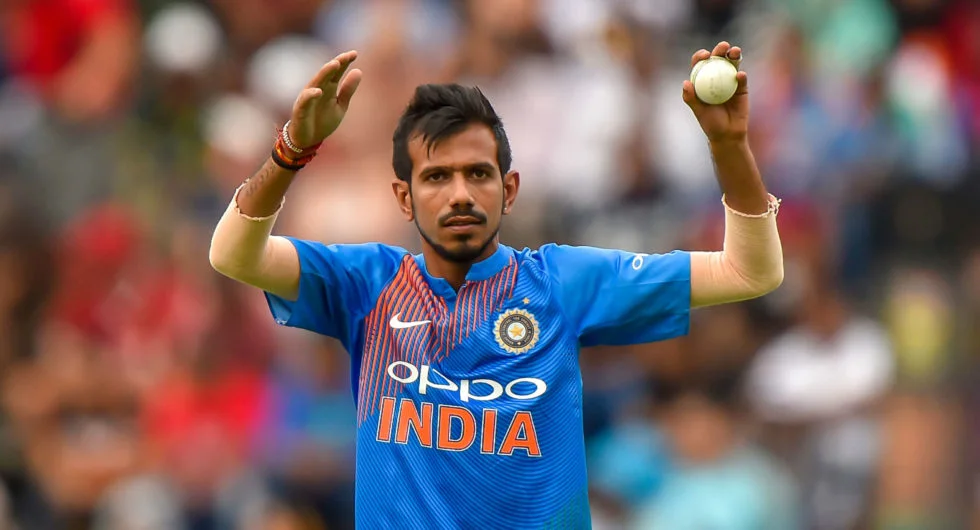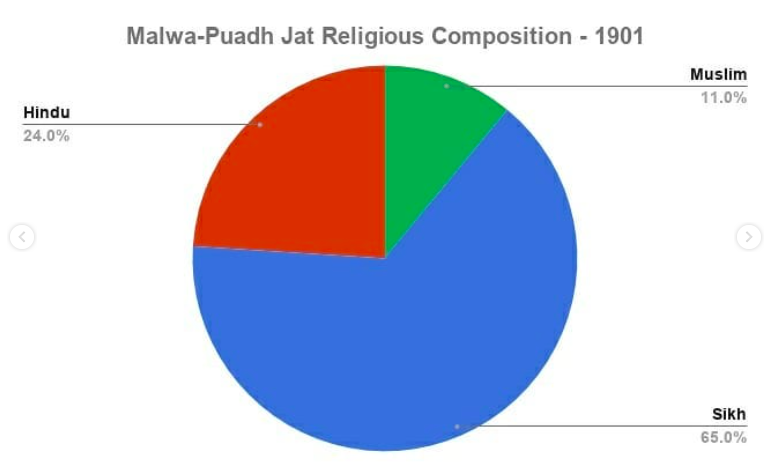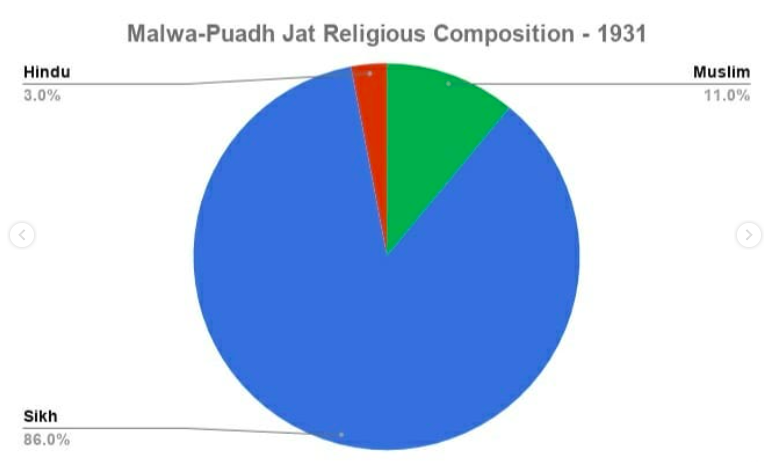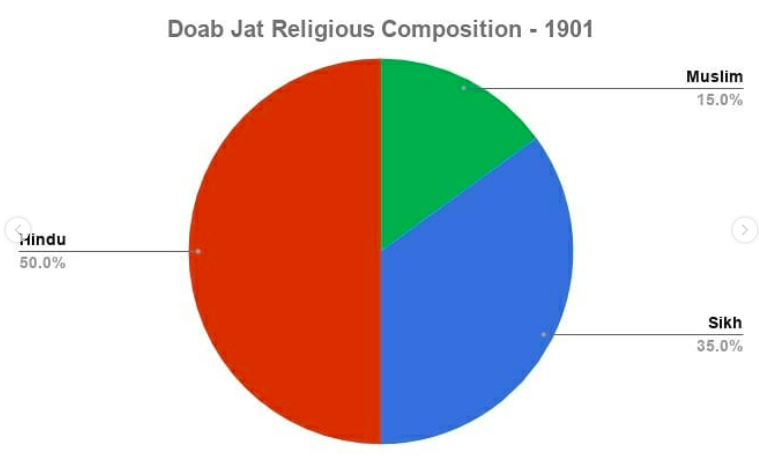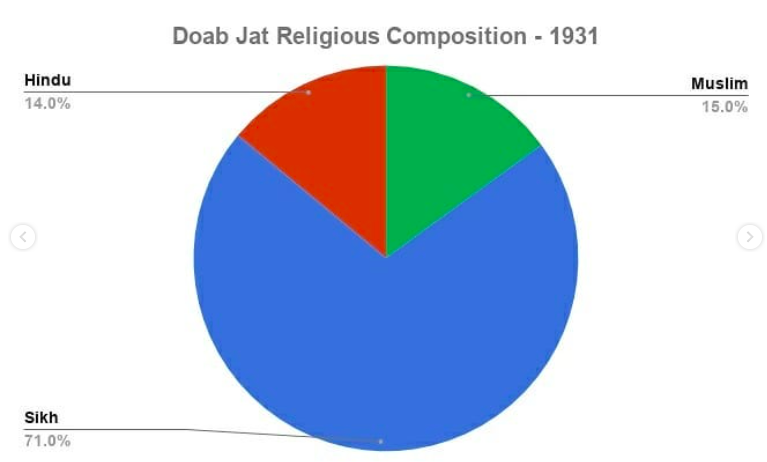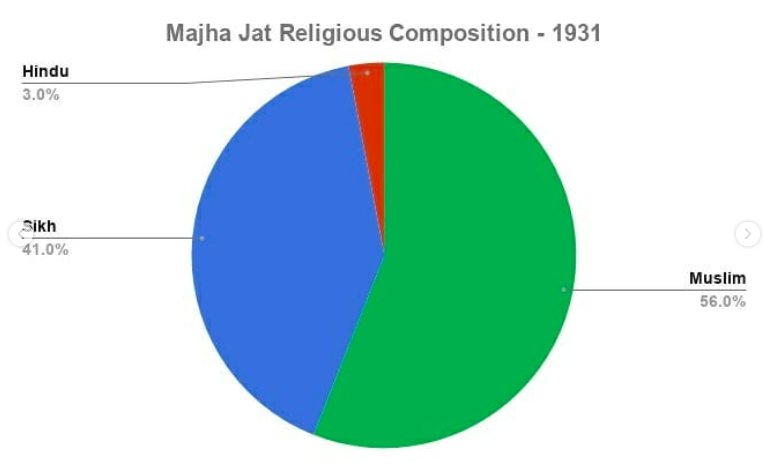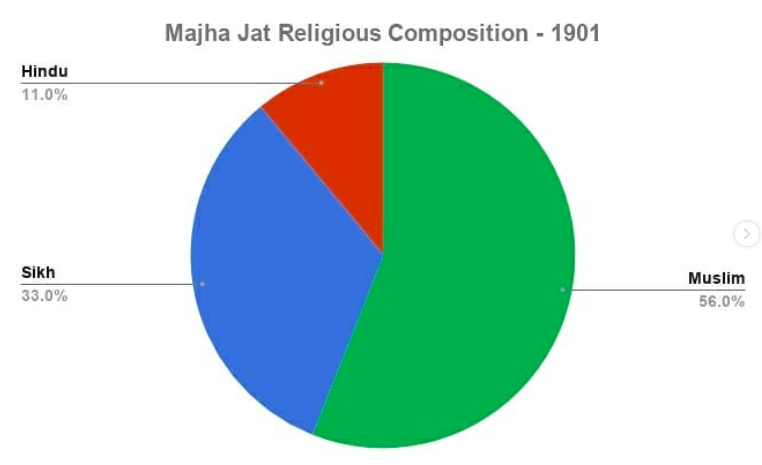
5aaban
Members-
Posts
466 -
Joined
-
Days Won
4
Content Type
Profiles
Calendar
Forums
Everything posted by 5aaban
-
If I lived in any other country, my decision would be the same. My family members have visited USA and Canada and they say Australia is much better.
-
Yes I'm aware of the Turle wali pagg but the Bhangra one is a bit different.
-
Pind Stayed for nearly a year at once and do go back frequently. I've only met a few Hindu Panjabis and they could speak Panjabi (there are many more Sikh Panjabis than Hindu or Muslim ones here) HP's and Sikhs get along fine.
-
Jingle Bell Bhangra is better
-
Consequences of doing Bhangra right there...
-
Follows the husband's faith I guess.
-
Some artists go through this phase where dye their hair neon pink/yellow/green, wear skimpy clothing, drink and kind of "don't care about the world". I think this particular singer had a bad breakup as well. A lot of Panjabi singers are also trying to copy rap music and black culture in their songs.
-
Pretty sure the father is a Sikh and the mother isn't.
-
That isn’t the problem.
-
What about Hindu Jats who have the same last names as Sikh Jats? Yuzvendra Chahal, a Hindu Jat Simarpreet Kaur Chahal, a Jat Sikh actress On religion of Jats in 1901 and 1931 (source Instagram) The late colonial period in British Punjab witnessed the collapse of the Hindu Jat population. In 1901 Hindus were 32% of all Jats, by 1931 that figure was 16%. To fully appreciate this phenomenon however, we need more detailed analysis. Consider first the Majha Jats. (pic 1&2) While the Muslim Jat population held steady, nearly all the Hindu Jats had returned themselves as Sikhs by 1931. A similar trend is seen in the Doab region of Punjab. (Pic 3&4) Also the Malwa-Puadh region, which was already heavily Sikh in 1901, but became even more so by 1931, at the expense of the Hindu population. (Pic 5&6) This phenomenon however seems to be largely restricted to punjabi speaking areas. A sample of Jats from hindi speaking areas of Punjab (present day Haryana) show little religious change from 1901-1931, as Hindus remained above 90%. (Pic 7&8) Note: The Malwa-Puadh samples are restricted to Ferozepur, Ludhiana, Malerkotla, and Faridabad, as the rest of the region was split by princely states that also encompassed parts of Haryana, so they were left out to avoid polluting the sample. Majha Doab Malwa-Puadh
-
Yeah, I know some people wanting to learn Gatka in Aus too and some did it when they were for a brief period of time. Bhangra competitions are a big thing in Canada and USA. They have a lot Bhangra societies in Universities which perform at weddings and events too. Many teams from the UK and other countries (including a few from Aus/NZ) go and compete in these.They have one of the biggest Bhangra "companies" called Bhangra Empire based in California who run kids classes alongside. Surprisingly, Bhangra Empire is run by a Pakistani-Panjabi (Omer Mirza, head & choregrapher) and a mixed Panjabi woman (Michelle Puneet Mirza, who has a Panjabi father) Their Bhangra dancers also come from diverse backgrounds (many Muslims and Hindus). Dancers: Afsheen Islam, Ajay Sohmshetty, Akshay Mehta, Alam Pannu, Amrit Dhorka, Anita Kapyur, Arsh Bhatti, Basila Nathan, Charaag Bhasin, Chirag Yadav, Danish Anwar, Fateh Singh, Gagan Handa, Gurleen Parmar, Gurparsad Thind, Jackie Thind, Jaclyn Phi, Jashan Mahal, Karanvir Singh, Kiren Singh, Komal Mehta, Manish Badwal, Maria Joseph, Mariya Vicahttu, Meenu Thind, Meera Suresh, Navneet Chagger, Neha Shekhar, Osman Mirza, Payal Makhijani, Pinder Deol, Pooja Kale, Preet Kaur, Rani Tiruveedhula, Rucha Shrotriya, Sabina Chaudhuri, Saloni Madaan, Sameer Kausar, Sangeeta Jayakar, Sarah Ghuman, Shamn Singh, Shandeep Ahdi, Shelley Bhatia, Simi Johal, Sumanyu Maingi, Tanjeev Thandi, Vibin Kundukulam, Vijay Singh
-
I'm not too sure but there's data from the British era which shows a major decline in Hindu-Jat population in Panjab over the years and at the same time a big increase in Sikh-Jat population. Jathera worship wouldn't be the dominant religion followed by a family during the British times but more so practiced on the side (similar to how people visited Peers/Deras but follow another faith too) and some still carry it out on the side today. We know it's propaganda that "Sikhs all come from Hindus". Like Sant Syed Prithipal Singh (né Mushtaq Hussein) was born in a famous religious Muslim-Mirpuri family but became a baptised Sikh.
-
Some alternatives of connecting with Panjabi culture that don't involve Bhangra Learning to read, write and speak Panjabi properly Horse riding Learning traditional Panjabi embroidery (for females) Reading Panjabi poetry and literature Learning about the social history of Panjab Travelling to Panjab, visiting historical monuments and cultural museums Learning to make Panjabi food
-
I agree with you. There are more resources to get educated about Sikhi these days so some people are changing.
-
The 'Harvest festival' narrative has been debunked fortunately, Bhangra was never performed on "Harvest day". Sikh history should take precedence over Bhangra. I once saw a post on Bhangra being done during a Nagar Kirtan in Southall.
-
I was asked to attend Bhangra classes but I refused.
-
Experienced being called that first hand by Bhangra-doing people.
-
Pakistani Panjabi Bhangra dresses aren't too different either but without the crazy colours.
-
Bhangra seems to be getting popular, I saw a team with some white people and a Pakistani Panjabi girl. That Kurta-Chadara dress is a rural male attire worn in Panjab by ALL communities (old men wear it nowadays). It was easy to wear and make back in the days but it's not colourful like Bhangra dancers make it. Also the accessories they wear on their arms aren't normal.
-
We need to stop promoting it. I don’t think it’s Jat culture at this point. Been looking into Bhangra and the one shown on stages is a mix of western dance moves with the 9 traditional dances of Panjab. When women should participate in this “Bhangra” dance, it gets even worse. A Panjabi singer once said women shouldn’t be doing doing Bhangra and he received some backlash from members of the western Panjabi community (including boys). That bright Bhangra dress is equally atrocious and people think it’s a traditional “panjabi” dress when it’s just some stage costume dancers wear. We need alternatives of connecting with Panjabi culture in the west as you suggested. I think learning some Panjabi poetry would be good but don’t see mass support for it from the community compared to Bhangra.
-
I'm comfortable with the lifestyle.
-
I just assumed there may be some there too but most are immigrants I think.
-
This is just my take on this There's an increasing number of Panjabis in western countries learning Bhangra professionally, making Bhangra societies in universities and holding grand Bhangra competitions. Although Bhangra is a hybrid dance done by males with modern hip-hop moves, women are also seen in these competitions & performances. Some parents in the west are encouraging their children to learn Bhangra from these academies. The reason they give for joining is Bhangra connects them with Panjabi culture and they feel "proud" seeing their children on stage. I don't think Bhangra is helping any western Panjabi stay connected with Panjabi culture. Dancing like this on public stages was frowned by most Panjabi elders. It's sad to see Panjabi culture has been reduced down to jumping on stage. The bright crazy patterned uniform Bhangra dancers wear also looks very silly, no Panjabi in the past dressed like that. I've met some Bhangra-doing Panjabis in the west who can't read Panjabi, speak it properly or know anything about Panjab's situation and history. I don't know why so many Panjabi parents hold this misconception that putting children in Bhangra will connect them with culture and turn them into the next Vir Singh or Bulleh Shah.
-
Going to stay there permanently.
-
Is this Bhangra crew made up of straight from Panjab people or those raised in Dubai?

